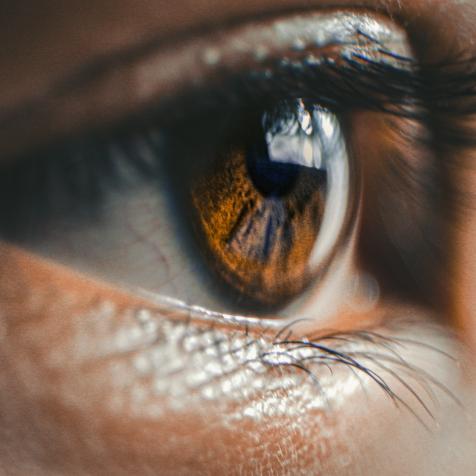
andreusK
How Gravity Can Make Waves – And How You’re Feeling Them Right Now

Einstein was the first to explain the force of gravity as warps and dents in the fabric of spacetime. He was also the first to realize that those warps and dents can make waves – literal waves of gravity. But he didn’t think we would ever get to measure them, because they would be so tiny.
Fast forward a hundred years, and we’re detecting gravitational waves all the time. Yay science!
The key insight that makes Einstein’s theory of gravity – known as general relativity – work is that spacetime is flexible. The distance between any two points in space or time can change depending on the situation. In particular, massive objects (like stars and planets) distort spacetime around them so much that distances get skewed. It’s this changed perception of distance that we experience as the force of gravity.

Lior Mizrahi
The original 100-year-old documents of Albert Einstein's prediction of the existence of gravitational waves.
If you put something heavy on a trampoline you can see this play out. The heavy object distorts the fabric of the trampoline around it, causing it to curve. If you try to walk in a straight line across the trampoline, you’re forced to negotiate the curvature, which alters your path.
Now imagine taking that heavy object and making it spin. Or vibrate. Or do pretty much anything. The rest of the trampoline won’t just sit there – it too will vibrate and jiggle in response to whatever the heavy object is doing.
Even if you’re sitting far away from the heavy object, on a relatively flat patch of the trampoline, you won’t be able to escape feeling its influence.
These are the gravitational waves.

South China Morning Post
Press conference on Scientists to Provide Update on the Search for Gravitational Waves 100 Years After Einstein.
Since all forms of mass and energy warp spacetime – because they all deform spacetime – just about anything will cause gravitational waves. Wave your arm up and down. Congratulations, you just made a gravitational wave.
But gravity is by far the weakest of the four known forces of nature. Even if it were a billion billion times stronger, it would still be the weakest force. And gravitational waves are exceedingly tiny ripples on top of that already-feeble force. So the gravitational waves sloshing around the universe that are caused by your arm flapping are almost entirely nonexistent.
Instead, you need really big and heavy stuff to make a decent wave. Things like merging black holes or exploding stars will do the trick.

X-ray: NASA/CXC/UMass Lowell/S. Laycock et al.; Optical: Bill Snyder Astrophotography
When this massive companion star runs out fuel, it will undergo a catastrophic collapse that will produce a supernova explosion, and leave behind a black hole or neutron star. The end result is two compact objects: either a pair of black holes, a pair of neutron stars, or a black hole and neutron star. If the separation between the compact objects becomes small enough as time passes, they will produce gravitational waves. Over time, the size of their orbit will shrink until they merge. LIGO has found three examples of black hole pairs merging in this way in the past two years.
Right now, you are awash in gravitational waves generated by these titanic events. When a gravitational wave passes through you, it literally stretches and squeezes you. It is, after all, a wave of gravitational force.
But you’re unlikely to feel them. Even the strongest gravitational waves passing through the Earth right now can’t even nudge something more than the width of an atomic nucleus. That’s why it took hyper-precise experiments like LIGO (the Laser Interferometer Gravitational Wave Observatory) almost a quarter-century to fine-tune their machine before they got their first results in 2015.
Since then, LIGO and other machines around the world have recorded dozens of gravitational wave events from merging black holes and neutron stars, and plans are afoot to loft an observatory into space to find supermassive black holes, supernovae, and maybe even gravitational echoes leftover from the big bang itself.
Yay, science!
Dive Deeper into the Universe
Journey Through the Cosmos in an All-New Season of How the Universe Works
The new season premieres on Science Channel and streams on discovery+.




















